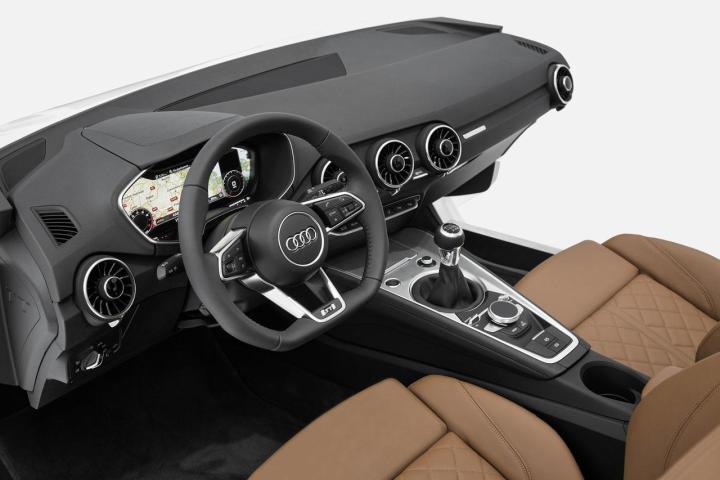
However, Audi itself feels the design has limitations.
During a recent conversation with Digital Trends, an Audi engineer said the carmaker’s larger models won’t get the virtual cockpit setup, because the more spread out seating of, say, a sedan or crossover might prevent passengers from seeing the screen.
Instead, Audi is developing a larger, tablet-like center console display for future models. The screen will be designed to prevent fingerprint smudges from repeated scrolling and pinching, which is a major concern to German automakers who find skin oil smudges wholly unsightly and unacceptable.
Related: 2016 Audi TT and TT S first drive
Tesla Motors has received praise from techists for the 17-inch display in the Model S, which handles all of that car’s secondary functions. Audi may not go quite that far, though, likely going with a smaller screen to save space and retaining buttons and some version of its Multi Media Interface (MMI) controller.
A tablet-like interface could work well with a center-console layout similar to the one in the current A8, which features a flat-topped shifter that’s meant to serve as an armrest for touchscreen-manipulating drivers.
This would also take Audi in the opposite direction of rival Mercedes-Benz, which uses a horizontal display in its flagship S-Class models, controlled primarily from a mouse-like device on the center console.
We’ll see how Audi’s new approach compares to what’s already out there as various models cycle through redesigns over the next few years.


